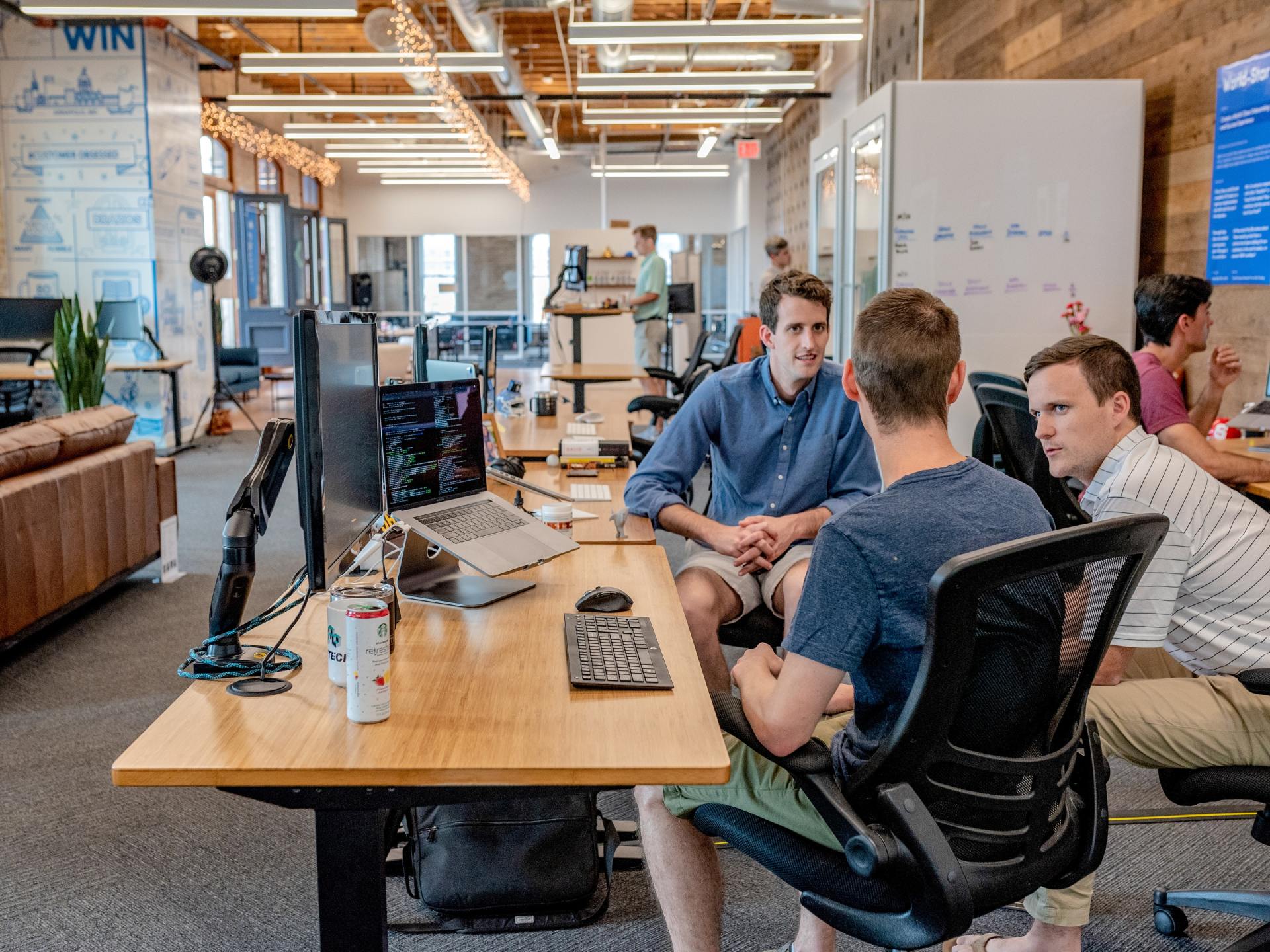Transformation, training and trust
- By Kate Watson
- •
- 11 May, 2021
- •
Key considerations when planning training

Putting me in the cab of a JCB and saying 'on you go' is not something anyone sane would do. However, all too often the end-user training on a transformation is an afterthought, sometimes not much better than my self-taught excavation skills. As a result, defeat is snatched from the jaws of a victorious transformation, due to poor adoption.
How do you avoid that?
Start early
Consider training right from the start of the Programme. At the discovery stage, capture information on what people do now; what they like/dislike about how it’s done now; and what the organisation’s comfort zones look like. “As-is” is never just an assessment of the technology – where are the hearts and heads?
Start early on building a consistent – honest! - narrative of how the new system will be better and make life easier, aiming to kindle an appetite for what’s coming. You want people to be clamouring for their training slot by the time it comes to launch.
Avoid lazy thinking
Just because 'the kids' are a whizz with social media doesn't mean that they won't be like rabbits in the headlights when presented with a new system. And a training programme that only tells them which buttons to press is no use unless it tells them why as well. Nobody will be a natural.
Show some understanding
It is also true that someone who has been there 30 years and is a whizz on the 'as is' may still be very fearful of the 'to-be'. Who wants to look and feel like a newbie where once they were an old hand?
People don't like change, full stop. Even if they have been bleating about how inefficient the old systems were, it doesn’t mean they’ll openly embrace the new. New is scary.
This is where the appetite-creation comes in. You will have been selling the benefits to everyone for some time by this stage. But make sure you’re also tolerant of and understanding about these very real fears.
Make it safe
People need to learn in a place of safety. So start early and keep it positive.
Allowing plenty of time and using non-threatening trainers will create a much more relaxed learning environment. That’s essential, because people must be allowed practise without penalty to build confidence. And nobody learns or retains anything if they’re stressed.
Also, in the run up to and in the first days of 'Go-Live', the business needs to be very relaxed about outputs. Accept imperfection - mistakes and correcting them are key to the learning process.
And what about the training teams?
Use genuinely skilled trainers
For many years, IT thought the best bet for training was to send in the Local IT Expert – the person who knew the most about the relevant piece of software or hardware. That way, any questions that arose could be answered. On the spot.
Meanwhile, back in real life, trainees don’t actually ask challenging questions about how the software works behind the scenes. They don’t want a coding expert: they want a mentor. They want someone to teach and support them as they go through the difficult task of re-learning everything they know about doing their job. Trainees are often in a place where they see the new solution as “slower” and “more work” than their familiar processes and tools. They’ll feel frustrated, exasperated and even threatened. Time to be kind.
Consequently, you’re looking for trainers with empathy, a supportive attitude and saintly patience. Charm doesn’t go amiss, either. And again, the E-word: it’s worth hiring a small training capability early, as prototypes and demos shared with focus groups and UAT volunteers can all be used as part of the engagement campaign.
Above all, you need trainers people trust.

https://www.future-processing.com/blog/selecting-a-supplier-natural-selection/








